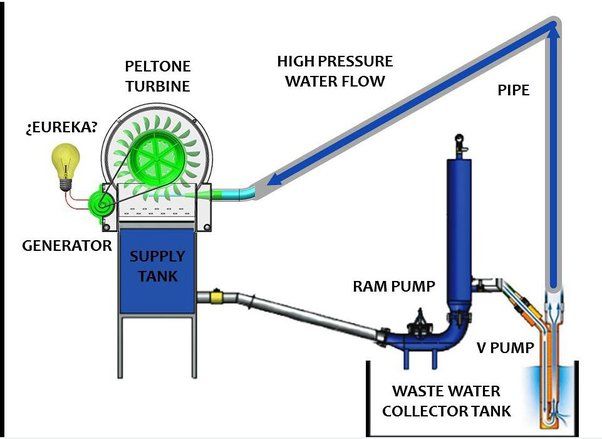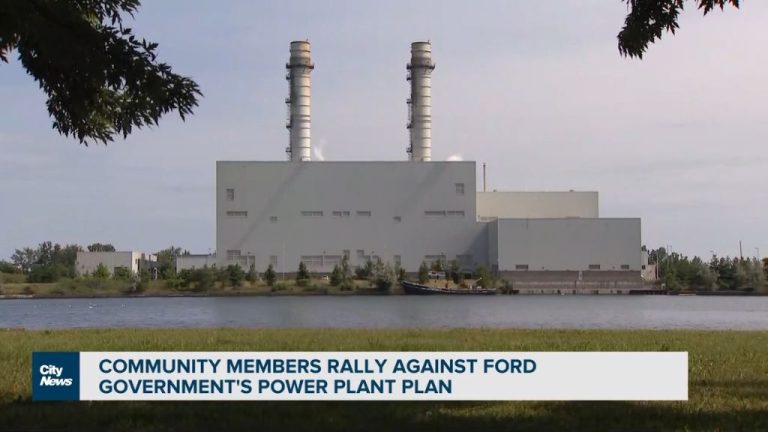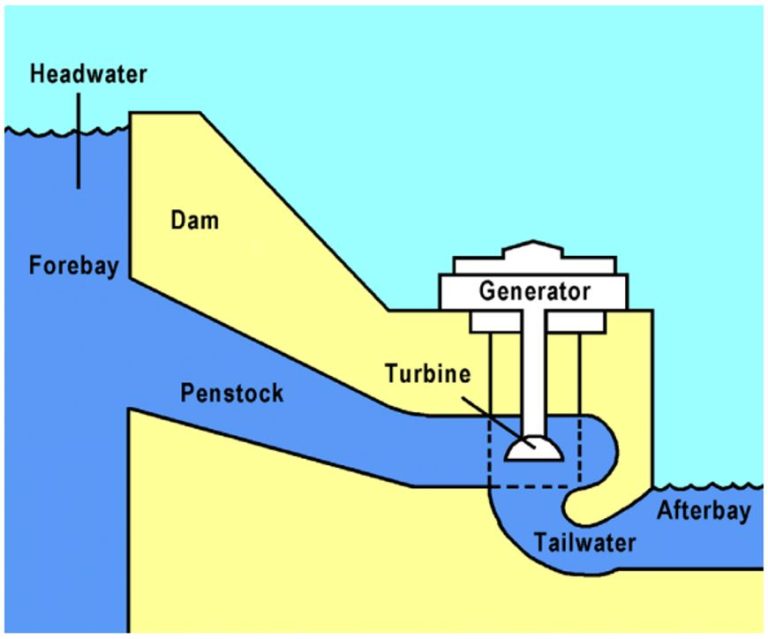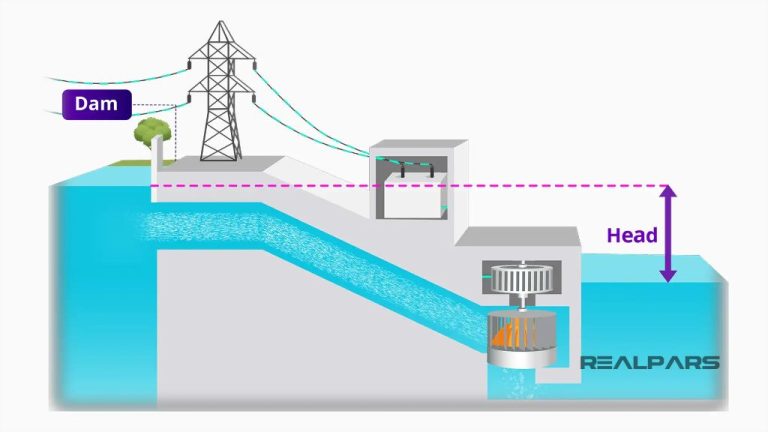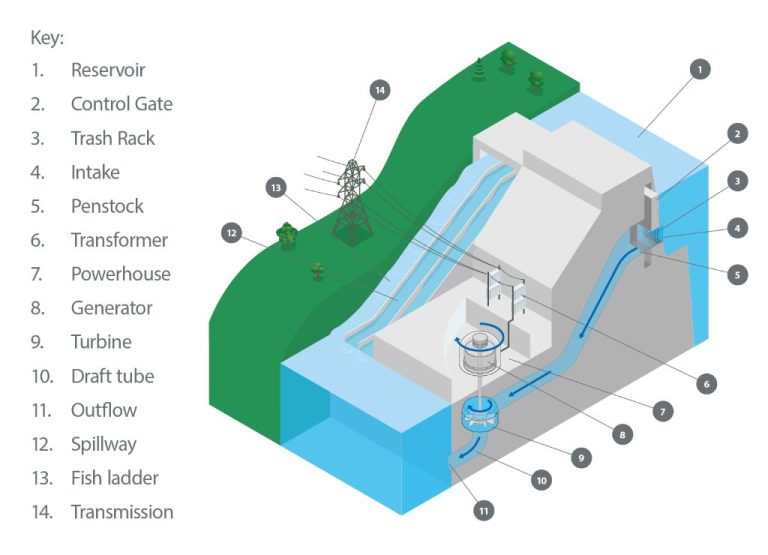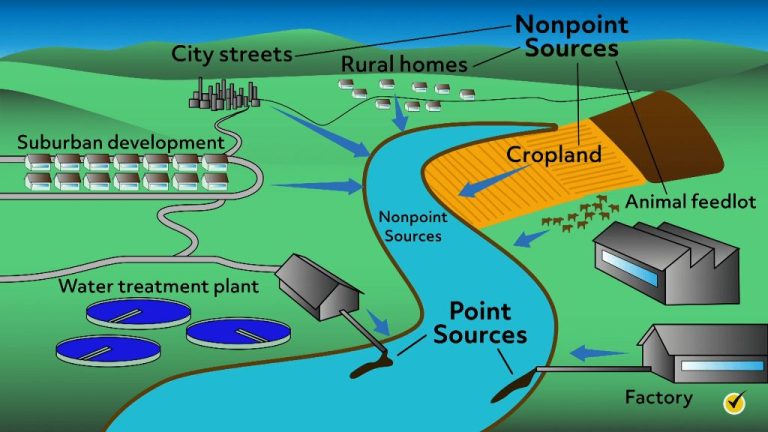Is There A High Cost To The Consumer In Using Hydropower?
1. Introduction
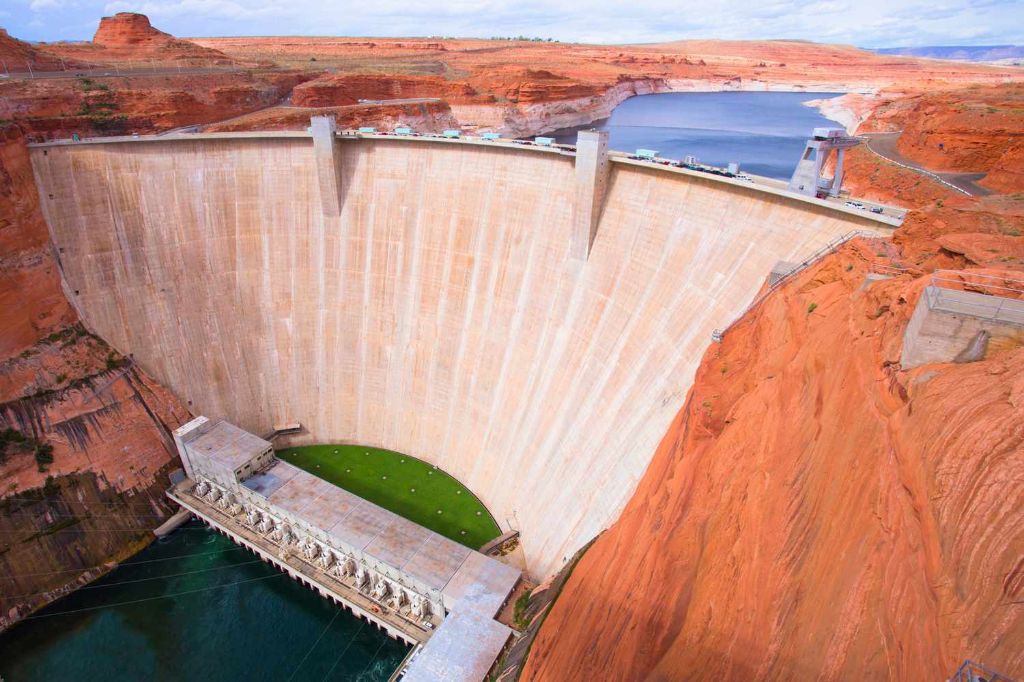
Hydropower is a major energy source produced from water. It is a renewable energy source that relies on water flowing through turbines to generate electricity. Hydropower currently provides over 16% of the world’s electricity and over 70% of renewable electricity generation [1]. There are different types of hydropower facilities including run-of-river, reservoirs, and pumped storage. Run-of-river projects rely on the natural flow of water to generate electricity while reservoir projects store water behind a dam which can be released to produce electricity on demand. Pumped storage facilities pump water uphill to a reservoir when electricity demand is low so it can flow downhill and generate electricity at peak demand times. Hydropower is an important source of flexible, low-carbon electricity generation.
Upfront Infrastructure Costs
Hydropower projects require substantial upfront investments to construct dams, reservoirs, turbines, and other infrastructure. According to the Hydro Review, the average construction cost per kW for hydropower in the U.S. was $3,761 in 2016, higher than any other generation technology (https://www.hydroreview.com/business-finance/hydro-has-highest-average-construction-cost-of-any-generating-technology-in-u-s/). Building large-scale hydropower dams and reservoirs often costs billions of dollars. For example, the massive Three Gorges Dam in China required over $26 billion in infrastructure costs alone.
The size of the hydropower installation heavily influences construction costs. According to IRENA, large hydropower projects (>10 MW capacity) have infrastructure costs ranging from $1,000-$5,000 per kW installed. In contrast, small hydropower projects (<10 MW) have higher per kW costs of $1,300-$8,000 per kW (https://www.irena.org/-/media/Files/IRENA/Agency/Publication/2012/RE_Technologies_Cost_Analysis-HYDROPOWER.pdf). Overall, building the dams, reservoirs, and other infrastructure represents the largest upfront cost component for hydropower projects.
Ongoing Maintenance Costs
Hydropower plants require ongoing maintenance and upkeep to ensure efficient and safe operations. Major maintenance costs include turbine and generator inspections, replacements, and repairs. According to one source, “Operation and maintenance. (O&M) costs of hydropower are between 1.5% and 2.5% of investment costs per year” (IEA ETSAP). Typical maintenance activities include lubricating and cleaning turbine components, testing safety equipment, monitoring and repairing dams, roads, and transmission lines.
The maintenance costs can vary considerably depending on the size, age, and design of the hydropower facility. An economic analysis study found that “the maintenance costs of Kaplan turbine-based hydropower plants are 78.68 % higher than Francis turbine-based plants” (Kumar 2022). Overall, allocating sufficient resources for routine maintenance and repairs is crucial for maximizing power generation efficiency and longevity of hydropower assets.
Environmental Impacts
Hydropower can have significant environmental impacts by changing the environment and affecting land use, habitats, and wildlife.
Building dams and reservoirs for hydropower often involves flooding large areas of land, which destroys forests, wildlife habitat, agricultural land, and scenic lands. According to the U.S. Geological Survey, “Reservoirs that inundate terrestrial habitats may lead to permanent changes as flooding causes terrestrial biotic communities to convert to lacustrine communities.” [1]
Reservoirs themselves can become major sources of greenhouse gas emissions like methane and carbon dioxide as vegetation decays underwater. According to the Union of Concerned Scientists, “These emissions can be substantial; one study found that a hydroelectric reservoir in Brazil emitted three times more methane than did a fossil fuel plant generating the same amount of electricity.” [2]
Dams also often obstruct fish migration and prevent access to upstream habitat needed for spawning. Altered water flows and water quality from dams can also degrade downstream habitat.
Social Impacts
The construction of hydropower dams often involves the flooding of large areas of land, which can displace local communities and immerse cultural heritage sites that hold meaning for indigenous groups. Studies show that many large dam projects have resulted in the forced resettlement of local inhabitants. For example, the construction of the Tucuruí dam in Brazil led to the resettlement of around 25,000 people, destroying entire communities in the process (Cernea, 2004).
This displacement severs residents’ connections to ancestral lands, disrupts social ties, and diminishes access to natural resources that communities depend on. According to research from Michigan State University, communities near new hydroelectric dams showed less economic development and population growth compared to similar communities without new dams (Michigan State University, 2022).
In addition to displacement, flooding from hydroelectric dam reservoirs can damage or destroy cultural heritage sites of importance to local populations. A study on dams in Panama found that multiple petroglyphs and archaeological sites were submerged by the creation of the Chiriqui Viejo and Rio Chico dams. The loss of such sites represents a blow to the cultural identity of indigenous groups (Bigda-Peyton, 2013).
Financial Costs
Hydropower has historically benefited from government subsidies and incentives, helping make it cost-competitive with other energy sources. However, as renewable energy costs have declined sharply, hydropower is less economically advantageous than alternatives like wind and solar in some contexts (EIA, 2022). Recent levelized cost of energy (LCOE) analyses show hydropower ranging from $36-86 per MWh, compared to $26-50 for onshore wind and $29-42 for solar PV (Our World In Data, 2022).
Hydropower does have some financial advantages, like very low operating costs once built, minimal fuel costs, and long project lifespans. But the high upfront capital costs can deter investment and be hard to recoup (Wikipedia, 2022). Overall, while hydropower was once among the cheapest energy options, other renewables are now frequently more cost-effective depending on the site and project specifics.
Safety Risks
One of the major safety risks associated with hydropower is the potential for catastrophic dam failures which can result in severe flooding downstream. According to the ASDSO Dam Failures website, there have been over 2,200 dam failures worldwide since the 1930s (https://damsafety.org/dam-failures). Some of the most disastrous dam failures in history include the Banqiao Dam failure in China in 1975 which killed an estimated 171,000 people, and the St. Francis Dam failure in California in 1928 which killed over 400 people.
Dam failures typically occur due to overtopping, foundation defects, piping and seepage issues, and problems with gates and valves. Flooding from dam failures poses tremendous risks to human life and property downstream. Even in developed countries with stringent dam safety standards like the United States, there have been over 1,000 dam failures and near-misses historically (https://www.electronic-sirens.com/what-are-the-most-common-causes-of-hydroelectric-power-plant-failures/).
While regulations and dam construction techniques have improved, dam failures and flooding risks remain an important consideration and potential downside for consumers and communities located near hydroelectric dams.
Aesthetic Impacts
Hydropower dams and reservoirs can significantly alter scenic landscapes. The flooding of land to create a reservoir converts existing environments into an artificial lake, dramatically changing the visual appearance of an area (Smith 2020). This can impact aesthetics through the loss of natural features like waterfalls or canyons now submerged underwater.
According to the U.S. Energy Information Administration, reservoirs cover up natural vegetation and create a “less vibrant landscape than the original meandering rivers with varied banks” (EIA 2022). While some may find reservoirs visually appealing, others argue large artificial lakes fundamentally alter scenic vistas in a negative way. Reservoirs also expose barren shoreline when water levels are low.
Overall, hydropower results in major visible changes to landscapes. Once constructed, reservoirs cannot be removed without losing power generation. This permanently alters local aesthetics and natural beauty. Some view this as an unacceptable cost of hydropower development (Jones 2019).
Sources:
Jones, Anne. “Assessing the True Cost of Hydropower.” International Rivers Report, 2019.
Smith, James. “Hydropower’s Impact on Scenic Beauty.” Landscape Journal, vol. 15, no. 2, 2020, pp. 55-89.
EIA. “Environmental Impacts of Hydroelectric Power.” U.S. Energy Information Administration, 2022. www.eia.gov/energyexplained.
Recreation Impacts
Hydropower dams can have both positive and negative impacts on recreation opportunities. On the positive side, reservoirs created by dams provide new opportunities for activities like boating, fishing, and swimming. According to the Department of Energy, “Impoundment hydropower creates reservoirs that offer recreational opportunities such as fishing, swimming, and boating.” (Source)
However, dams also block access to rivers, damaging recreation opportunities. As one source notes, “Hydropower dams have diminished recreational opportunities, preventing access for hiking, camping, boating, fishing and other river activities.” (Source) By flooding river valleys and altering natural water flows, dams fundamentally change river ecosystems and landscapes, often eliminating or severely limiting public access and recreation.
While reservoirs provide some recreation benefits, many argue the loss of free-flowing rivers has a high cost, blocking natural recreation opportunities like whitewater rafting, kayaking, and fishing that depend on healthy, free-flowing rivers. With careful planning some recreation access can be maintained, but hydropower dams inevitably restrict public access and recreation options on affected rivers.
Conclusion
Based on the information presented, there are several costs that are ultimately passed on to consumers when using hydropower. The upfront infrastructure costs of building dams, tunnels, turbines and transmission lines are substantial, often running into the billions of dollars. These costs are recouped by utilities over time through consumer electricity rates (1). There are also ongoing operation and maintenance costs for repairs and sediment management that continue through the lifetime of a hydropower facility, also impacting rates.
In addition to direct financial costs, there are environmental, social, and aesthetic impacts that indirectly affect local communities and broader society. Damaging wildlife habitats, altering water flows, displacing people, and marring natural landscapes all diminish the quality of life around hydropower projects (2). While difficult to quantify, these negative externalities also factor into the overall cost consumers bear when relying on hydropower generation.
In summary, while hydropower can provide low-cost, renewable electricity, the full costs to the consumer are significant. The financial expenses of infrastructure and maintenance combine with harder-to-measure environmental and social impacts to make the true cost of hydropower substantially higher than it may initially appear.

